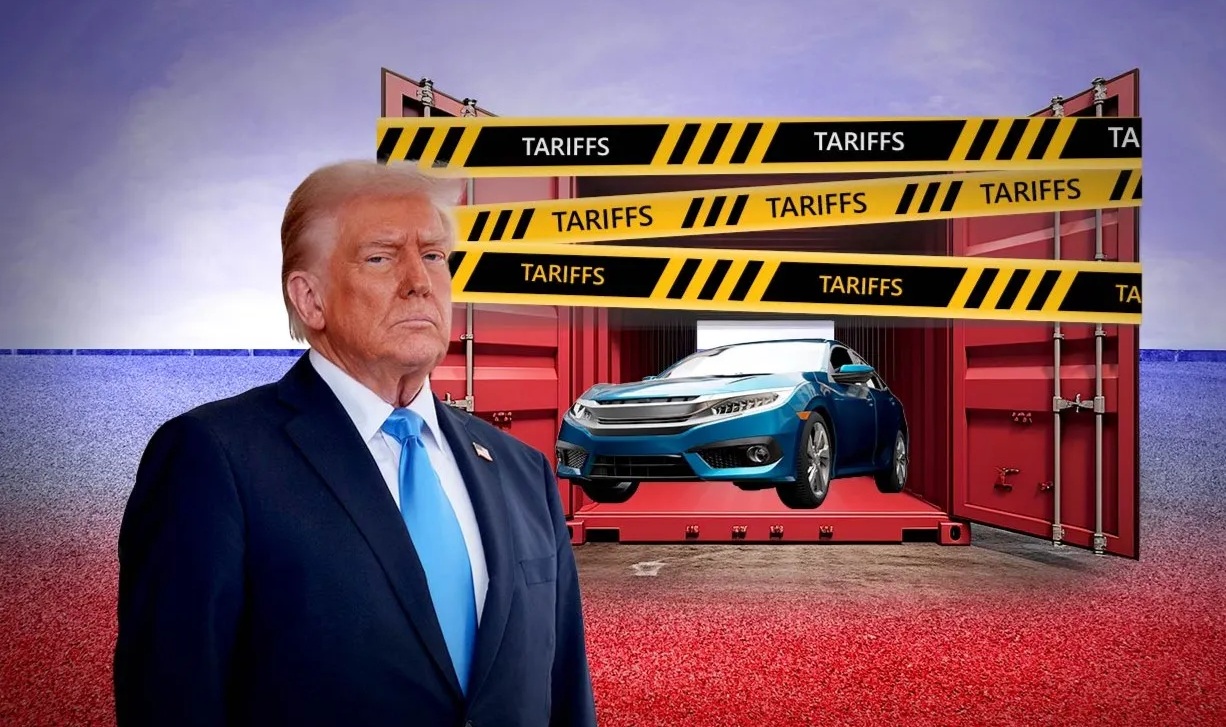Trump Raises Tariffs on Canada by 10% After Ontario Airs Anti-Tariff Ad During World Series


U.S. President Donald Trump said on Saturday that he was increasing tariffs on Canada by an additional 10%, citing what he described as a “fraudulent and hostile” advertisement aired by Ontario’s provincial government during the World Series broadcast.
The decision comes just two days after Trump abruptly ended trade talks with Ottawa over the same advertisement, which he claimed misrepresented facts about U.S. tariff policy. The ad, produced by Ontario’s Ministry of Economic Development, featured footage of former U.S. President Ronald Reagan warning that tariffs lead to trade wars and economic disaster.
In a Truth Social post, Trump lashed out at the Ontario government, saying the advertisement should have been pulled before Friday’s game between the Toronto Blue Jays and the Los Angeles Dodgers.
Register for Tekedia Mini-MBA edition 19 (Feb 9 – May 2, 2026): big discounts for early bird.
Tekedia AI in Business Masterclass opens registrations.
Join Tekedia Capital Syndicate and co-invest in great global startups.
Register for Tekedia AI Lab: From Technical Design to Deployment (begins Nov 15th).
“Their Advertisement was to be taken down, IMMEDIATELY, but they let it run last night during the World Series, knowing that it was a FRAUD,” Trump wrote. “Because of their serious misrepresentation of the facts, and hostile act, I am increasing the Tariff on Canada by 10% over and above what they are paying now.”
Trump posted the message aboard Air Force One while en route to Malaysia, where he will attend the Association of Southeast Asian Nations (ASEAN) summit. The trip will focus heavily on trade, with the president expected to hold several bilateral meetings on the sidelines.
Ontario Pauses Ad Campaign as Ottawa Seeks to Resume Talks
The Ontario ad campaign had been running for several days before Trump’s public reaction on Thursday. After the president’s criticism, Ontario Premier Doug Ford said he spoke with Canadian Prime Minister Mark Carney and agreed to pause the U.S. advertising campaign starting Monday in hopes of resuming trade negotiations.

Carney confirmed Friday that Canada was ready to reopen talks with the U.S., though Trump told reporters aboard Air Force One that he had no plans to meet with the Canadian leader while in Malaysia.
The advertisement, which uses spliced excerpts from Reagan’s 1980s radio addresses, features the late president’s voice criticizing protectionist trade policies. However, fact-checkers and U.S. officials noted that Reagan’s original speech had been taken out of context. In the full version, Reagan was defending selective tariffs imposed on Japan, calling them an unfortunate exception to his general support for free trade.
White House adviser Kevin Hassett said Friday that Trump’s frustration stemmed from “a pattern of uncooperative behavior” by Canada, claiming that trade negotiations “have not been going well” despite Ottawa’s public overtures.

Unclear Tariff Scope Under USMCA
It remains uncertain which goods will be affected by Trump’s newly announced 10% tariff hike. Most Canadian exports to the United States are exempt from duties under the United States-Mexico-Canada Agreement (USMCA), which was signed during Trump’s first term and replaced the North American Free Trade Agreement (NAFTA).
However, the Trump administration in August imposed a 35% tariff on Canadian products not covered under the USMCA, and this year it levied 50% tariffs on global imports of steel and aluminum — measures that hit Canadian producers particularly hard.
Trade analysts say the new tariff increase could affect niche sectors outside the scope of the USMCA, including timber, fertilizers, and automotive components, though the White House has not provided details.
The tariff escalation marks a fresh strain in U.S.-Canada trade relations, which had appeared to stabilize after Carney’s government rolled back retaliatory tariffs imposed by his predecessor. Economists warn that renewed trade tensions could weigh on both economies, particularly as Canada’s export sector struggles to rebound from earlier tariff shocks.
The move also carries political undertones. Trump’s decision to link tariff policy directly to a provincial advertisement, rather than a federal action, is highly unusual, signaling how domestic political messaging in Canada has become intertwined with U.S. trade diplomacy.
The episode underscores Trump’s broader approach to trade negotiations, which often blends economic policy with media narratives. His latest tariff announcement, made on social media and referencing a television commercial, reflects his continued use of public spectacle as a diplomatic tool.
The dispute comes as Washington and Ottawa remain divided on several trade fronts, including dairy market access, softwood lumber pricing, and digital services taxation. Canada has sought to maintain stable trade ties even as Trump’s administration adopts a more confrontational tone toward long-time allies.
Trump’s new tariffs also arrive as he pursues major trade realignments in Asia. In Malaysia, he is expected to sign several framework agreements on critical minerals and digital trade with Southeast Asian countries, part of a broader effort to diversify U.S. supply chains away from China.
Analysts say the timing of Trump’s move against Canada — just as he embarks on a high-profile Asia tour — is likely aimed at projecting strength in trade negotiations globally.





